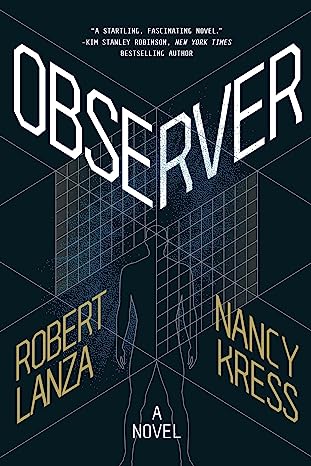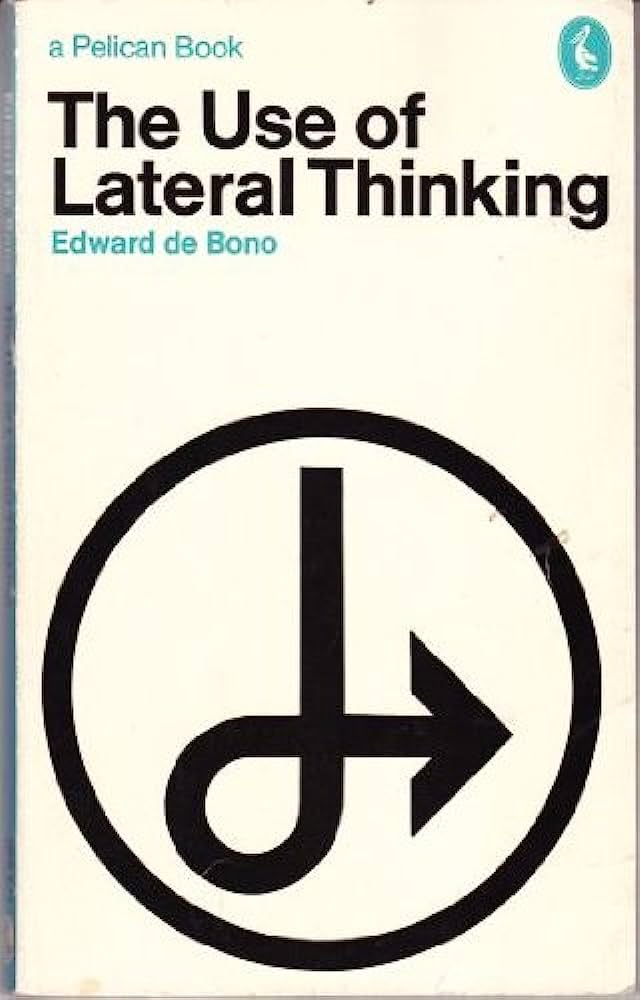
This book was suggested to me by my good friend Randy. This is an amazing novel. I guess it is technically a science fiction novel, but it also contains plenty of human drama to entertain anyone who may not be interested in the science fiction genre. Unusual, in that it is written by two authors. This is an amazing collaboration. It has elements of Phillip K. Dick, Neal Stephenson, and to a lesser extent, Kurt Vonnegut. For the most part, it follows Caro, a young neurosurgeon, who is dealing with a social media fallout following her accusing a prominent senior surgeon of sexual misconduct at the hospital where they both work. She fears her career will be in ruins – a stress that is acerbated by having to support a sister that is caring for a seriously disabled child.
As her personal life is collapsing, her uncle, a famous Nobel laureate, offers her an opportunity to work for him in a private compound in the Cayman Islands. The uncle has set up a small hospital and living quarters for a group of people who have developed a technology that allows people to cross over into alternate universes. This is achieved by the implanting of a specially manufactured microchip into the brain and connected to proprietary software and hardware. Caro accepts the job of surgeon with the duty of implanting these devices. She initially has no interest in this type of work, but her circumstances make her reconsider the idea. Her uncle offers a very high salary and also helps provide assistance to her sister and her sister’s seriously ill daughter.
She begins implanting patients and witnesses their short travels to alternate universes. The equipment that the implanted patient is connected to is capable of recording and displaying the events that are occurring in the alternate universe. The implanted are also capable of controlling and creating the universe they are visiting to some extent. This is probably the biggest benefit to this technology. The user can visit with the deceased, or, if one intends to be nefarious, perpetuate crimes without fear of repercussions.
Caro is leery of the technology throughout much of the story. Her initial acceptance of the surgical position she has taken is almost purely out of desperation. She sees the effects the travel to alternate universes has on some of her patients and writes it off as hallucinations. The longer she is on the compound, however, the more she begins to believe that her patients are actually traveling to alternate universes. There do not appear to be any flaws in the science explaining the theories used to create this technology. Einstein postulated in his theory of special relativity that the speed of light in a vacuum is the same for all observers. This has the implication that time is not what most of us think it is. Einstein’s theory of special relativity is accepted by the scientific community as a foundation of modern physics and has been proven through experiments. Time is perhaps nothing more than an observer’s way of mentally organizing events.
The takeaway from traveling through multiverses is that we are all one. This cannot currently be proven, but it cannot be disproven either. Many who take the implant journey to other universes to be with loved ones who have passed. The book implies that if time is merely a construct of the observer to organize events, then death is also not what most people think it is. Those who have passed still exist in another universe. It is therefore possible to visit them in these other universes.
The book also delves into the prospect that nothing exists until it is conceived of in someone’s consciousness. This also has a foundation in accepted science by way of the observer’s effect. Photons, for example, will behave differently depending on whether they are observed or not. They can behave like waves, or they can behave like particles. This has been shown to be dictated by whether or not they are being observed and has been proven by experiment. Primarily these strange phenomena are limited to the very small, such as subatomic particles, but there have been experiments with quantum entanglement that show these effects may not be so limited. In physics, it is widely accepted that electrons orbit a proton in any given matter. These orbits are defined as shells.

As can be seen from the illustration, the orbits have different radii (paths are actually more elliptical, so it is foci in reality) and are described with the labels 1n, 2n, 3n, etc. Electrons can move from one orbit to another. When they do energy is either released or absorbed, but the strange thing is that when the electron moves from one orbit to another, it is never anywhere in between. It moves instantly from one place to another without ever traversing the area between. Is this possible on a larger scale? Is this how one could move from one universe to another?
This novel also touches on something called quantum entanglement to illustrate that this strange behavior in very small things may also scale up to larger things. The book mentions quantum entanglement of two diamonds, which are large enough to be visible with the naked eye. My presumption is that it is referring to the 2011 experiment noted here. In this experiment, objects large enough to be seen with the naked eye can influence one another instantly, at a distance through quantum entanglement. The assertion is that this quantum entanglement could scale up to any size, and any distance. Changing the behavior, in this case, vibration, of one diamond instantly changes the behavior of the other diamond, regardless of the distance away. This would imply that not only is time a construct, but space is as well.
All the strange happenings in this novel have plausible scientific explanations. The only fiction is the software, implanted microchip, and the human drama that the characters in the story create. As with all technology that humans discover or create, there is always a bright side, and a dark side. The technology is stolen by one of the primary technologists on the project and finds its way into an underground version of multiverse transport that is used for unethical purposes. This creates a fanatic opposition group that attacks the compound and kills Trevor. The novel ends with Caro desperate to reconnect with her soulmate through the use of this technology that she once dismissed as theatrics. She is reunited with him in an alternate universe as her physical body dies in this one.
This book would make a fantastic feature film and I cannot stress enough, how well this story is crafted. This may be the best work of fiction I have ever read.


